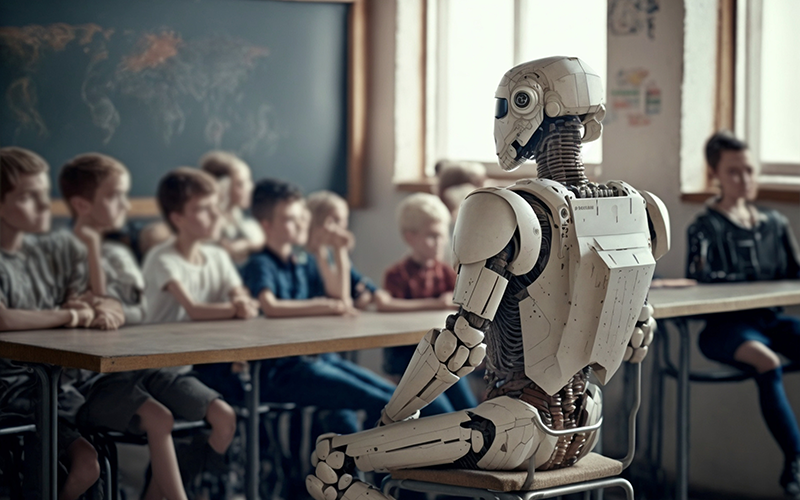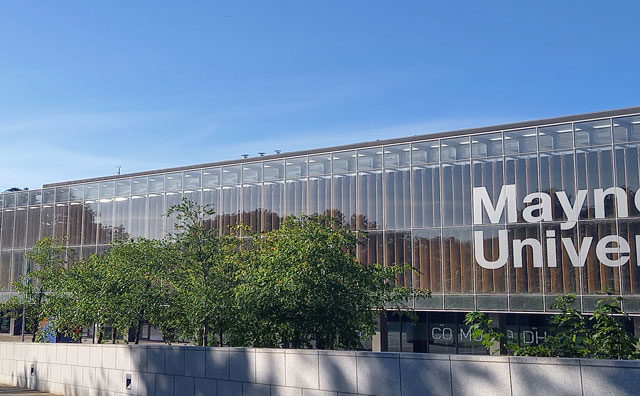National Robotics Week is an annual event that takes place in April to celebrate and promote robotics technology and its impact on society.
The event aims to inspire and educate people of all ages about the importance of robotics technology in the modern world.
The event has been celebrated since 2010 and is organised by a group of industry leaders, educators, and enthusiasts who are passionate about robotics technology. During this week-long celebration, various events, exhibitions, and competitions are held across the country to showcase the latest advancements in robotics technology.
National Robotics Week provides an opportunity for people to learn about the different applications of robots in various industries, such as healthcare, manufacturing, and defence. It also promotes STEM education by encouraging students to explore robotics technology through various activities such as robot building competitions, coding workshops, and robot demonstrations.
Moreover, National Robotics Week highlights the role of robotics technology in solving some of the world’s most significant challenges, such as climate change, disaster response, and space exploration. It also creates a platform for industry leaders to showcase their innovations and collaborate with other experts to improve the use of robotics technology.
National Robotics Week offers an exciting opportunity for individuals and organisations to come together to celebrate the impact of robotics technology on society. It is a chance to showcase innovation, inspire future generations, and promote the importance of STEM education.
The role of robots in education
Robotics has the potential to transform education by providing students with opportunities to learn about the technology and skills required to build and programme robots. Here are some roles that robotics plays in education:
Engaging students: Robotics offers a hands-on approach to learning that is engaging and interactive. It can spark interest and excitement in students, making it an effective tool for teaching various subjects, including science, technology, engineering, and mathematics (STEM).
Developing problem-solving skills: Robotics requires students to think critically and problem-solve, helping them to develop essential skills that can be applied in other areas of their lives.
Encouraging creativity: Robotics encourages creativity by allowing students to design and build their own robots, which can be a fun and rewarding experience.
Promoting teamwork: Robotics provides an opportunity for students to work in teams, fostering collaboration and communication skills.
Preparing students for future careers: As robotics technology continues to advance, it is becoming increasingly important for students to have a basic understanding of how robots work. By learning about robotics in school, students can gain a competitive edge when it comes to future job opportunities in fields like engineering, computer science, and robotics.
Robots in classrooms and lecture halls
Robots are being used in a variety of ways in universities, both in research and in education. Here are some examples:
Lego Mindstorms: Lego Mindstorms is a popular educational robotics platform that allows students to design and programme robots using Lego building blocks and a graphical programming language.
Vex Robotics: Vex Robotics is another popular educational robotics platform that allows students to design and build robots using Vex building kits and a programming language called RobotC.
Sphero: Sphero is a small robot that can be programmed to perform a variety of tasks, including driving, flashing lights, and playing music. It is often used to teach coding and robotics concepts to students in primary and secondary schools.
Thymio: Thymio is a small robot that is designed to teach programming and robotics concepts to students in primary and secondary schools. It is equipped with sensors, motors, and a range of programming languages, making it a versatile and flexible educational tool.
Nao: Nao is a humanoid robot that is used in universities and research institutions to study human-robot interaction and to develop new robotics applications. It is equipped with sensors, cameras, and a range of programming languages, making it a powerful research tool.
The future of robotics in education
The future of robotics in education is exciting and full of possibilities. As the cost of robotics technology continues to decrease, it is likely that more schools and universities will be able to afford to invest in educational robots. This could help to make robotics education more accessible to students from a wider range of backgrounds.
Not only that but as robotics technology continues to advance, it is likely that robots will become even more sophisticated and versatile. This could open up new possibilities for teaching a wide range of subjects, from engineering and computer science to biology and physics.
Plus, as robots become more advanced, it is likely that they will become increasingly integrated with artificial intelligence technology. This could open up new possibilities for teaching students about machine learning, data analysis, and other AI-related topics.
Other technologies such as virtual and augmented reality could also be used to create more immersive and engaging educational experiences for students. For example, students could use VR headsets to explore complex scientific concepts in a virtual laboratory.
Overall, the future of robotics in education is likely to be characterised by increased accessibility, more advanced robots, integration with AI, and virtual and augmented reality.
These developments have the potential to transform the way that students learn and help to prepare them for the jobs of the future.




